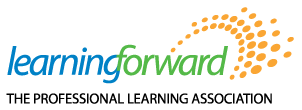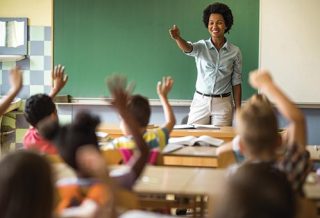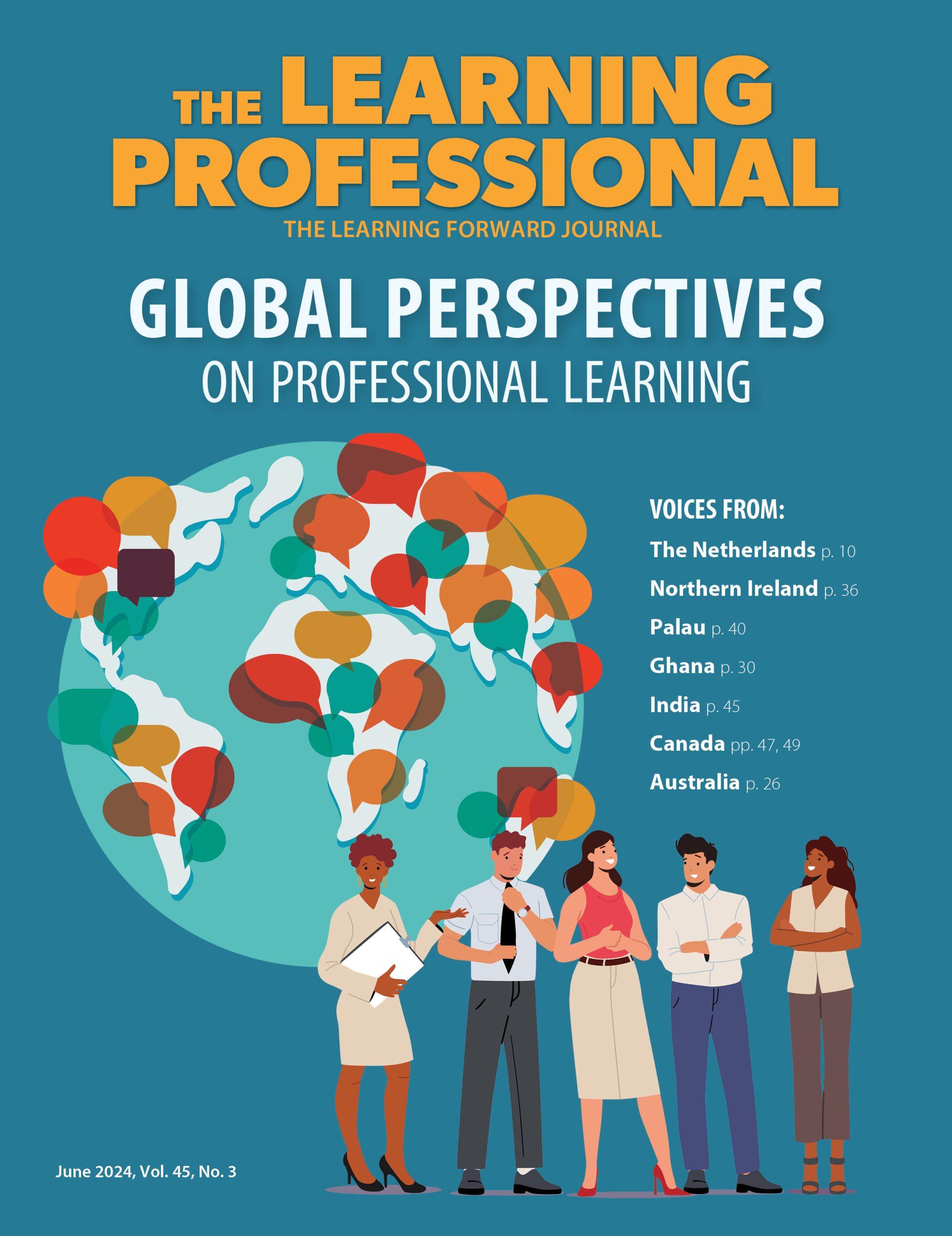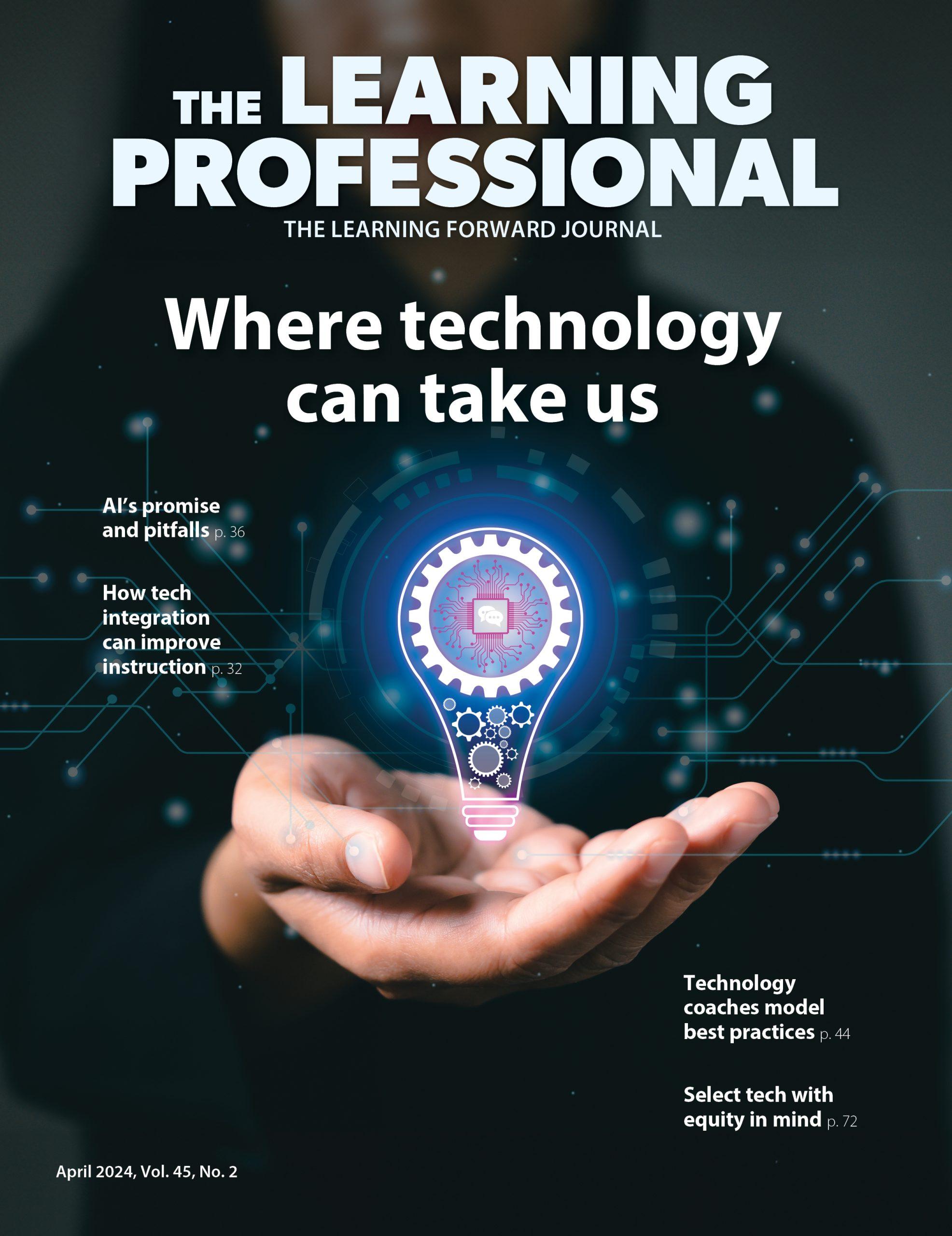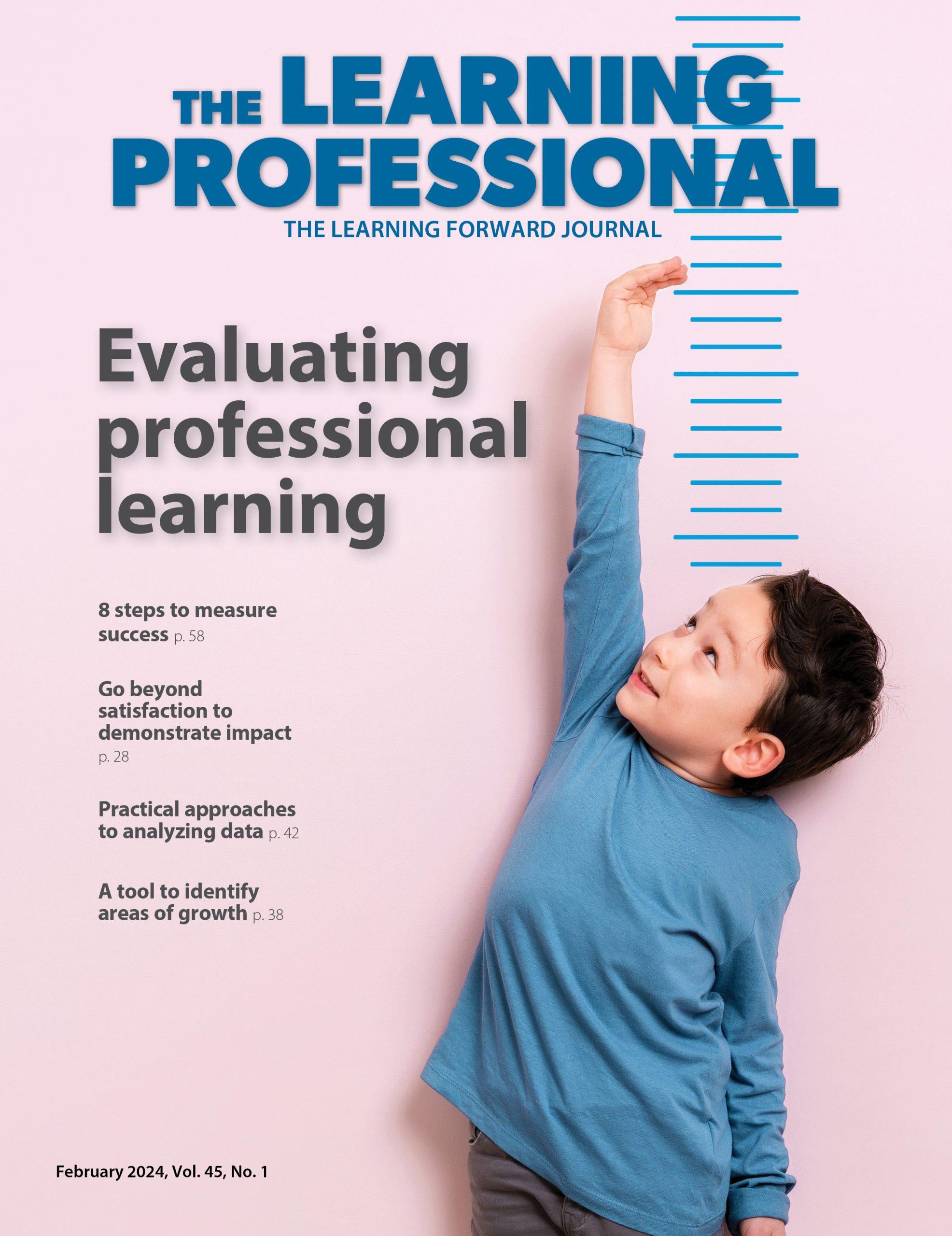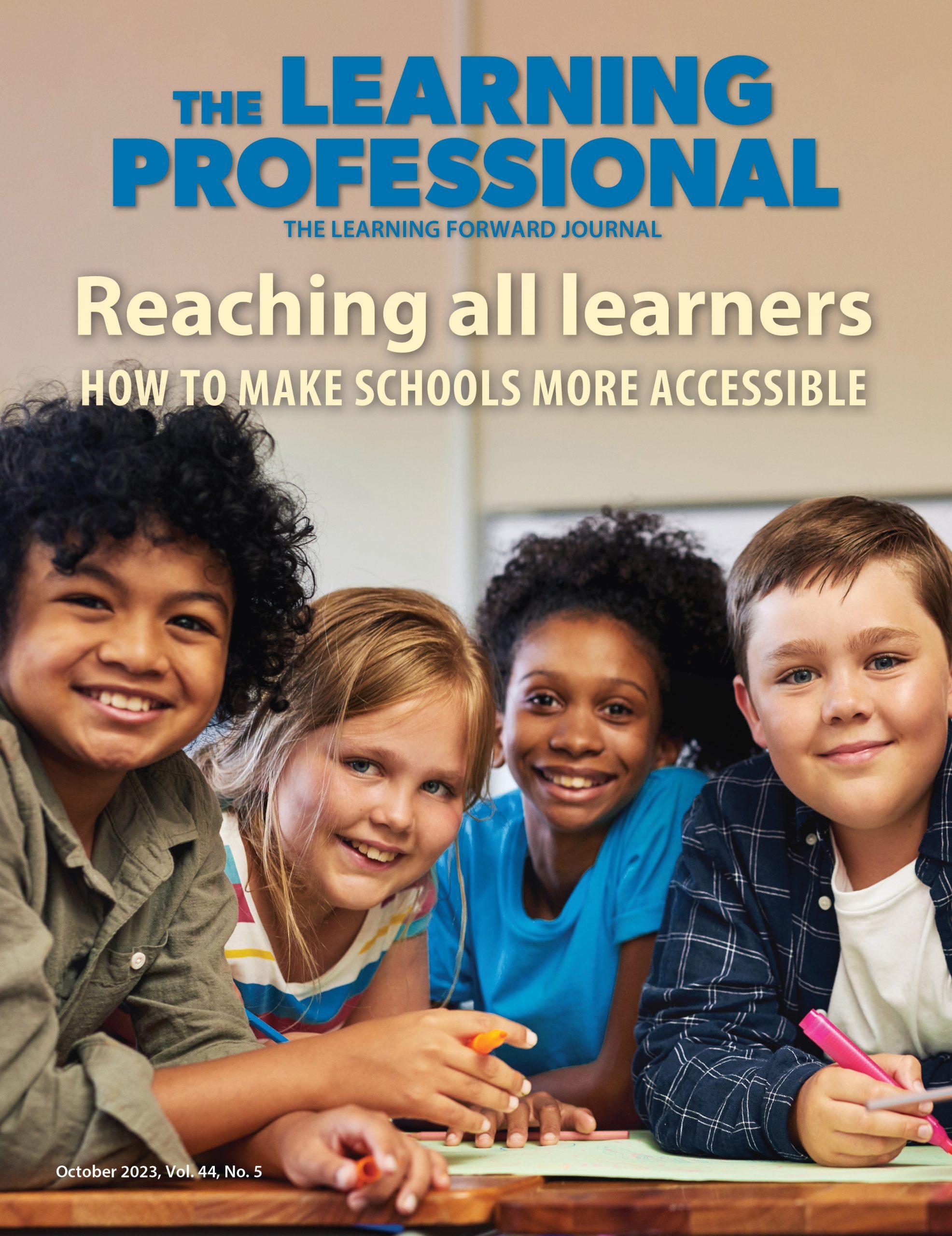FOCUS
The need for SEL is greater than ever
By Suzanne Bouffard
Categories: Social & emotional learningAugust 2021
Read the remaining content with membership access. Join or log in below to continue.
Sed ut perspiciatis unde omnis iste natus error sit voluptatem accusantium doloremque laudantium, totam rem aperiam, eaque ipsa quae ab illo inventore veritatis et quasi architecto beatae vitae dicta sunt explicabo. Nemo enim ipsam voluptatem quia voluptas sit aspernatur aut odit aut fugit, sed quia consequuntur magni dolores eos qui ratione voluptatem sequi nesciunt. Neque porro quisquam est, qui dolorem ipsum quia dolor sit amet, consectetur, adipisci velit, sed quia non numquam eius modi tempora incidunt ut labore et dolore magnam aliquam quaerat voluptatem.
References
CRPE. (2021, August). How has the pandemic affected students’ social-emotional well-being? A review of the evidence to date. Author.
Hanno, E.C., Wiklund Hayhurst, E., Fritz, L., Gardner, M., Turco, R.G., Jones, S.M., Lesaux, N.K. (with Hofer, K., Checkoway, A., & Goodson, B.) (2021, July). Persevering through the pandemic: Key learnings about children from parents and early educators. Saul Zaentz Early Education Initiative, Harvard Graduate School of Education.
The National Commission on Social, Emotional, & Academic Development. (n.d.). From a nation at risk to a nation at hope. The Aspen Institute. nationathope.org/report-from-the-nation/
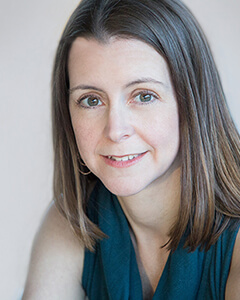
Suzanne Bouffard is senior vice president of communications and publications at Learning Forward. She is the editor of The Learning Professional, Learning Forward’s flagship publication. She also contributes to the Learning Forward blog and webinars. With a background in child development, she has a passion for making research and best practices accessible to educators, policymakers, and families. She has written for many national publications including The New York Times and the Atlantic, and previously worked as a writer and researcher at the Harvard Graduate School of Education. She has a Ph.D. in developmental psychology from Duke University and a B.A. from Wesleyan University. She loves working with authors to help them develop their ideas and voices for publication.
Categories: Social & emotional learning
Recent Issues
WHERE TECHNOLOGY CAN TAKE US
April 2024
Technology is both a topic and a tool for professional learning. This...
EVALUATING PROFESSIONAL LEARNING
February 2024
How do you know your professional learning is working? This issue digs...
TAKING THE NEXT STEP
December 2023
Professional learning can open up new roles and challenges and help...
REACHING ALL LEARNERS
October 2023
Both special education and general education teachers need support to help...
